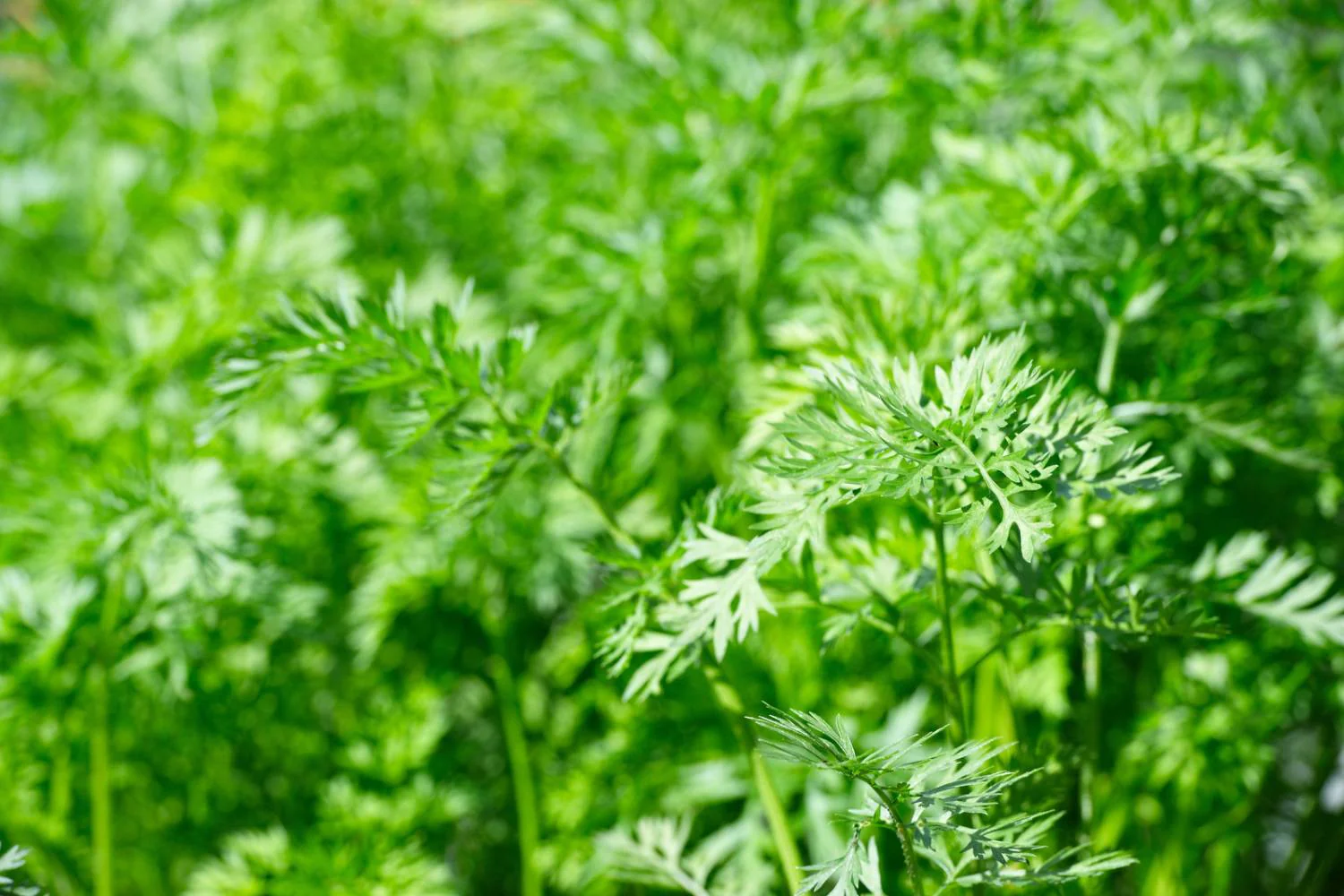Growing lavender hydroponically, without soil, is a viable option for gardeners who want to cultivate this aromatic herb in indoor environments or areas with poor soil conditions. Hydroponic systems provide precise control over nutrient delivery and water availability, promoting optimal growth. Here’s a guide on how to grow lavender hydroponically:
- Choose the right variety: Select a lavender variety suitable for hydroponic cultivation. English lavender (Lavandula angustifolia) or lavandin (Lavandula x intermedia) varieties are commonly used in hydroponics due to their adaptability and fragrance.
- Hydroponic system selection: There are various hydroponic systems to choose from, such as deep water culture (DWC), nutrient film technique (NFT), or drip irrigation systems. Each system has its own advantages, but for lavender, a DWC or NFT system is often preferred. These systems provide adequate support and nutrient availability for the plants.
- Set up the hydroponic system: Install the hydroponic system according to the manufacturer’s instructions. Ensure that the system has appropriate lighting, either natural sunlight or grow lights, to provide the necessary spectrum and intensity for lavender growth.
- Prepare the nutrient solution: Lavender prefers a slightly alkaline pH of around 6.5 to 7.5. Prepare a nutrient solution specifically formulated for hydroponic use, following the manufacturer’s instructions. Lavender requires a well-balanced nutrient solution that includes macronutrients (nitrogen, phosphorus, potassium) as well as micronutrients (iron, manganese, zinc).
- Start with healthy seedlings: Begin with healthy lavender seedlings or propagate lavender from cuttings. Transplant the seedlings or rooted cuttings into the hydroponic system, ensuring that the roots are fully submerged or placed in the nutrient film.
- Maintain optimal growing conditions: Lavender thrives in a warm, sunny environment. Ensure the temperature is between 60-80°F (15-27°C) during the day and slightly cooler at night. Monitor and maintain the nutrient solution’s pH and electrical conductivity (EC) levels within the appropriate range.
- Lighting requirements: Lavender requires approximately 12-16 hours of light per day. If using artificial grow lights, provide a combination of cool white and warm white LEDs or specific full-spectrum grow lights. Position the lights at an appropriate distance to ensure adequate light intensity without causing heat stress.
- Nutrient and water management: Monitor the nutrient solution’s pH and EC levels regularly. Adjust the nutrient solution as needed to maintain optimal levels. Lavender prefers a slightly drier environment, so avoid overwatering. Ensure the roots have access to oxygen by using an aerator or air stone in the nutrient solution.
- Pruning and training: Prune lavender regularly to encourage bushier growth and prevent leggy stems. Pinch back the tips of the branches to promote lateral growth. Trellising or using stakes may be necessary to support the plants as they grow.
- Harvesting and maintenance: Lavender is typically harvested when the flowers are fully open. Cut the stems just above the leaves, leaving enough foliage for the plant to continue growing. Regularly inspect the plants for signs of pests or diseases and take appropriate measures to control any issues.
Growing lavender hydroponically allows for efficient nutrient uptake, controlled environmental conditions, and year-round cultivation. By following these guidelines and adjusting the parameters based on the specific hydroponic system being used, you can successfully grow lavender hydroponically and enjoy its aromatic blooms.



